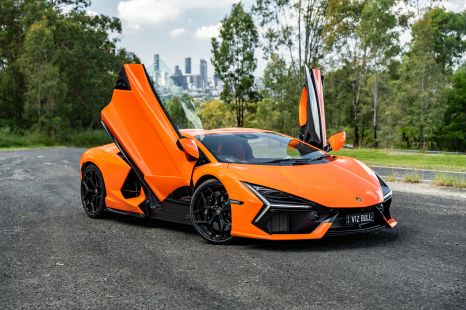

Alborz Fallah
3 Days Ago
Take advantage of Australia's BIGGEST new car website to find a great deal on a Smart #1.
Smart is back in Australia – but unless you’re a member of Mensa, some of the new technologies in the EV brand’s new small electric SUV range can make you feel dumb.
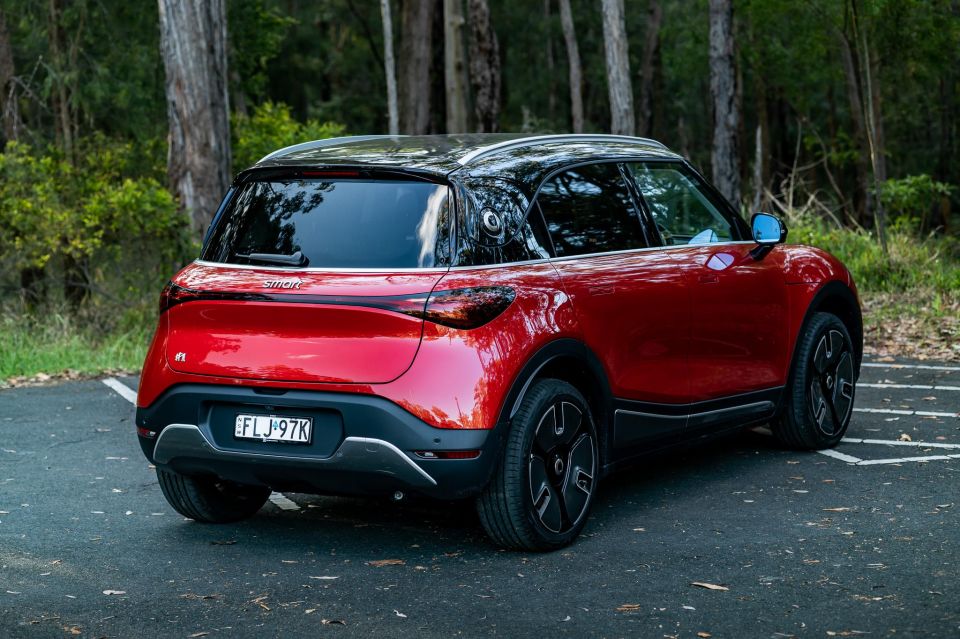
I don’t think of myself as a genius, but I do reckon I know a thing or two about new cars, having driven thousands of them over my career.
But this was one of the only cars I’ve ever tested that left me flummoxed by its utterly confusing multimedia menu controls, unrelenting ‘advanced’ safety systems, and silly “I wish I was a Mini” attempts at charm.
I’ll tell you more about all of that in this review of the Smart #1 Premium, but there are also plenty of promising things about the new compact electric crossover.
The #1 is competitively priced in the crowded small premium electric SUV space, where there are multiple players of about the same size, range, price and spec level.
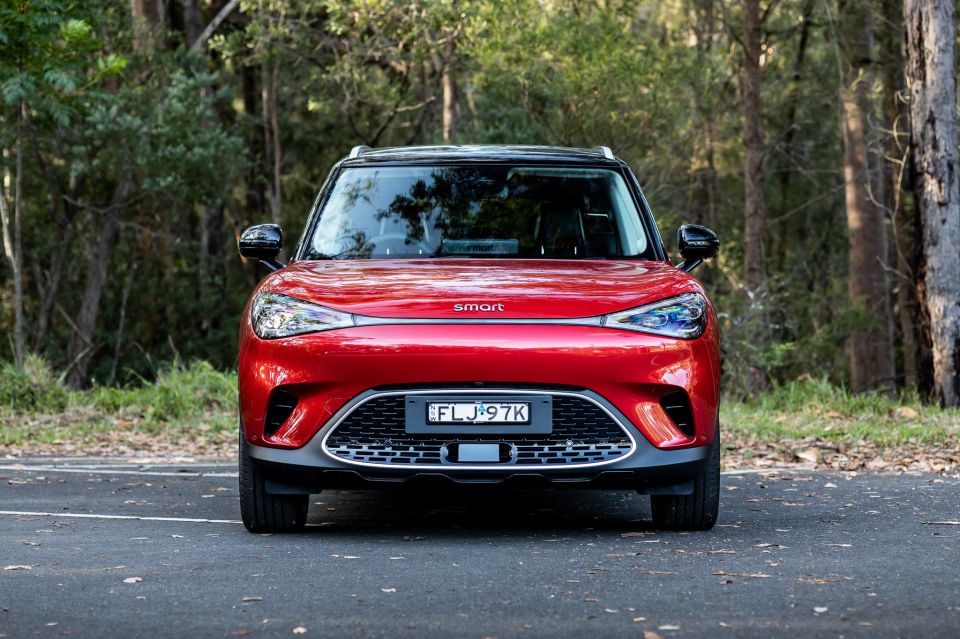
| Model | Price before on-road costs |
|---|---|
| 2025 Smart #1 Pro+ | $54,900 |
| 2025 Smart #1 Premium | $58,900 |
| 2025 Smart #1 Brabus | $67,900 |
Some are even from the same parent company, as Smart is a tie-up between Mercedes-Benz and Geely, and the Smart #1 rides on the same platform as the Volvo EX30 and the larger Polestar 4, as well as the coupe-styled Smart #3.
But I think it represents strong value for the money, at less than $60k before on-roads for this Premium version on test.
To see how the Smart #1 lines up against the competition, check out our comparison tool
The interior design has plenty of wow factor, with a host of lovely materials and cool finishes that make you feel like you’re sitting in something a bit outside of the norm. Let me just say that the white plastic finishings gave me flashbacks to the Holden Volt (in a good way!).
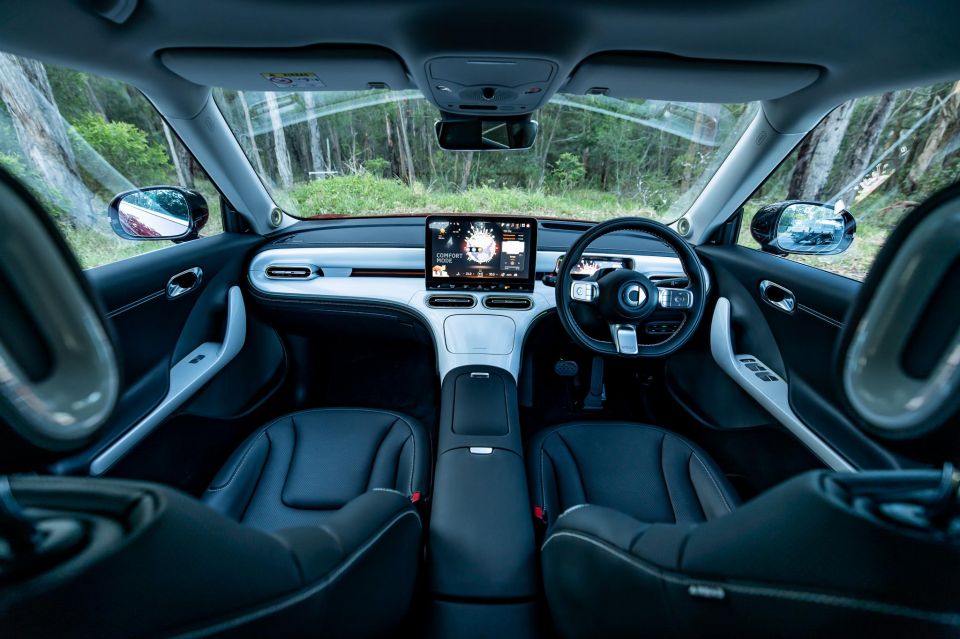
As with other choices in this segment, there’s a large media screen and a compact driver info display, and there are some usability challenges with both.
The latter takes some learning as you need to use the steering wheel controls to interact with it, and while you will get used to that part of the system easily, the big touchscreen is another thing entirely.
Maybe I’m showing my age here, but I don’t need a silly fox avatar on the screen, and I don’t need the menus to have cutesy bits. What I need (or desperately desire) is simple controls that don’t take months to learn. And while I didn’t have this car for a month, a week with it was enough for me to feel very strongly about the controls on offer – in a negative way.
It is nowhere near as easy to jump between menus or learn where things are with this media system, which seems like it was designed by a bunch of Android phone users who think it’s cool to hide controls behind other apps in secret envelopes.
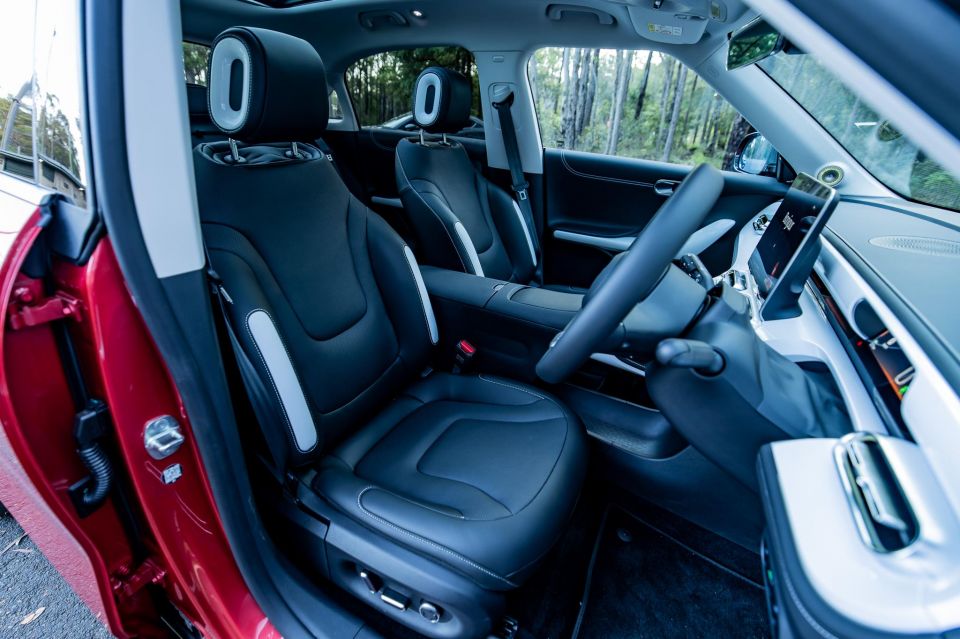
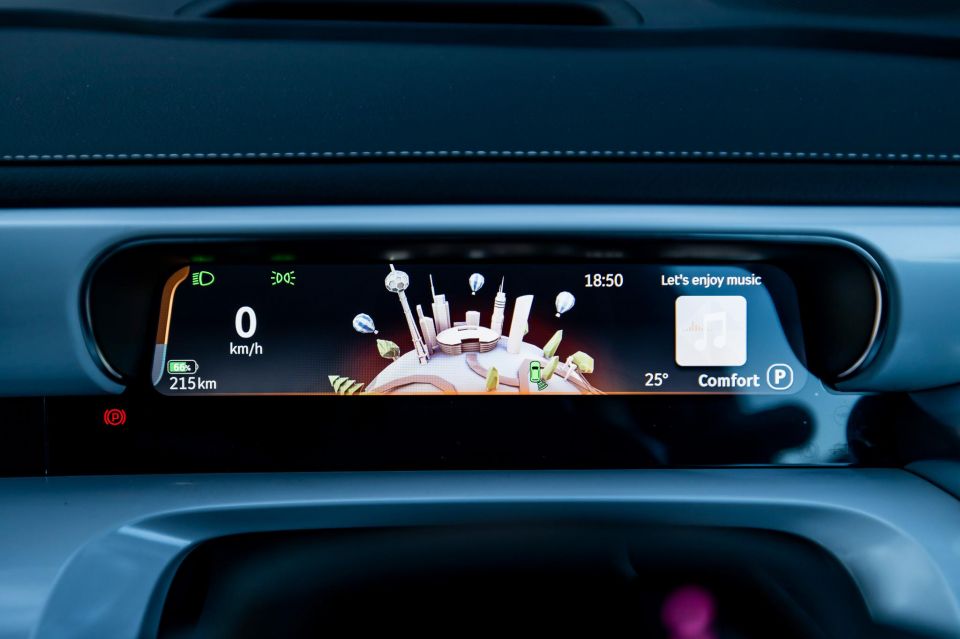
I won’t dwell on it, because it would add 1000 words to this review. But you really, really need to go and sit in a Smart and see if you could live with the way that the menus and displays are configured, because this system really soured my experience with the car.
Moreover, when you drive the vehicle, the safety systems – which are managed through that touchscreen – default to on, and if you don’t like being nannied and grannied about speed limits and supposedly being distracted, you’re really going to find it a frustrating experience. More on that in the driving section.
Okay, so what about the other elements of the cabin?
Well, you need to remember that the shifter is where you might usually find a blinker, and the blinker and wiper stalk is on the left side. And while that letterbox display for the driver might be a little small, there’s also a head-up display to make things easier to see.
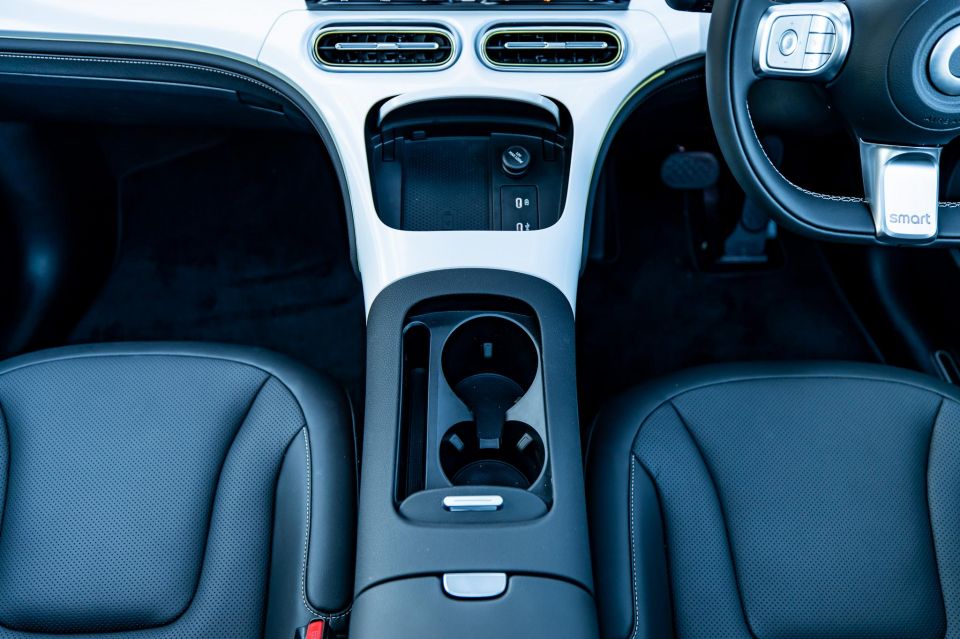
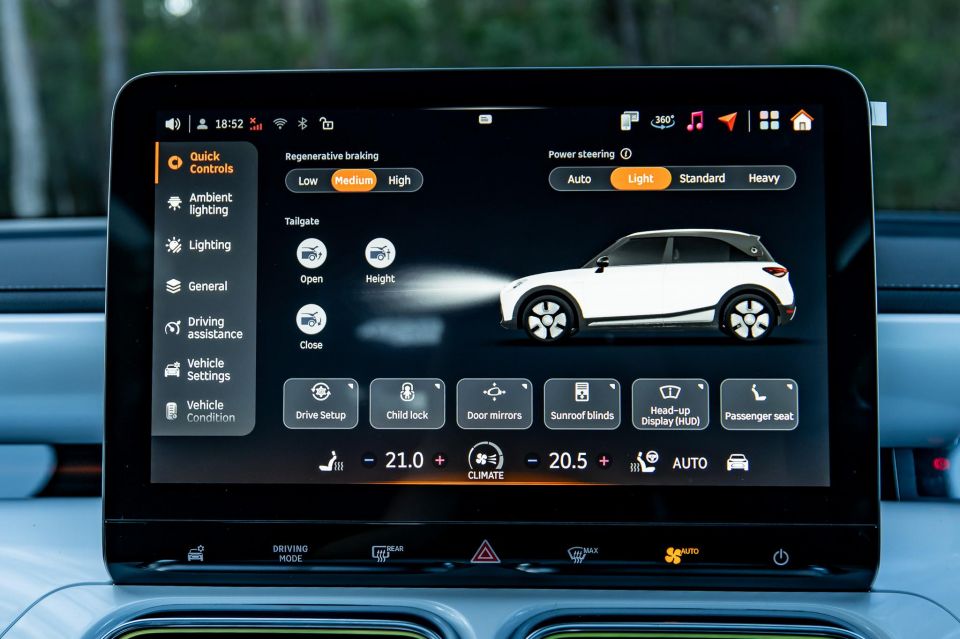
Meanwhile, there’s a decent amount of storage, with a coverable console area between the seats housing a wireless phone charger and USB-C ports, as well as cupholders behind that and a covered bin with cooling, too. Unlike other models, there’s no storage section underneath there, though.
There is a reasonable set of door pockets, a sunglasses holder, illuminated vanity mirrors and a glovebox (with a conventional handle), all of which helps improve the practicality.
All versions get a large panoramic glass roof with a shade, which also ups the ambience – and up front, it’s a comfy place to be.
In the back there’s more room than you might expect, too, thanks to its relatively long wheelbase and tall body design.
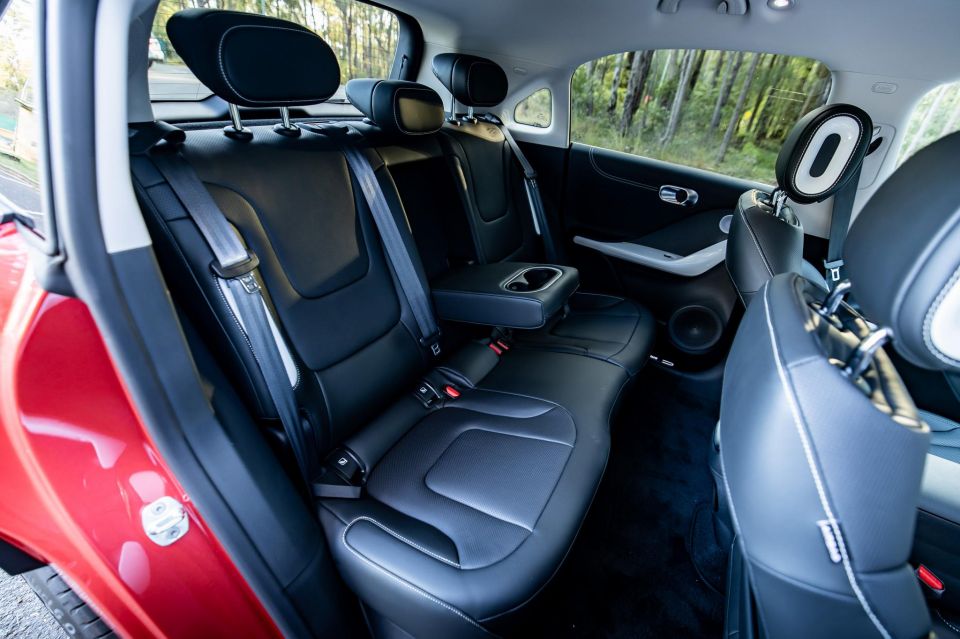
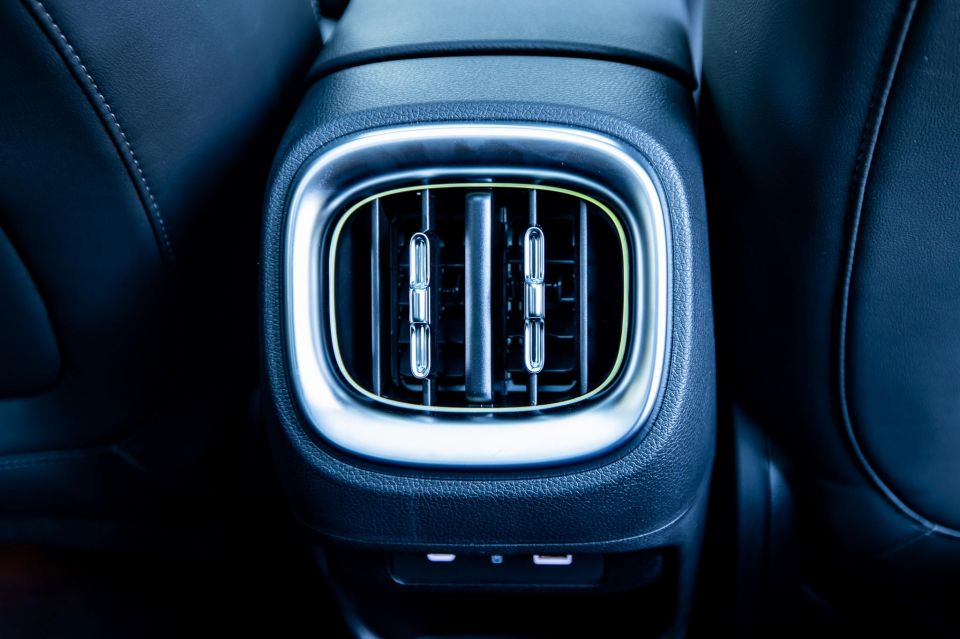
Behind my own 182cm/6’0” seating position I had a good amount of space to wiggle my legs and feet, and I had inches to spare above my head, despite the big glass roof. And there’s a decent amount of width on offer too.
One quirky trick this car has is that you can slide the 60:40-split second-row seat forwards, meaning you can prioritise boot space if you don’t need to use the back seats, or you can more easily deal with a young one back there. If you’re a parent, you’ll know that you need that reach.
There are ISOFIX child seat anchor points in the window seats and three top-tethers, and rear riders get directional air vents, USB charging ports, map pockets, a flip-down armrest with cupholders, and ambient lighting to accompany the soft-padded door cards.
Boot space is a practical 421 litres, expanding to 986L with the rear seats folded flat. The load-in lip is a little high, but there are additional mesh sections on the sides of the cargo zone, shopping bag hooks and a halogen(!) light back there, too.
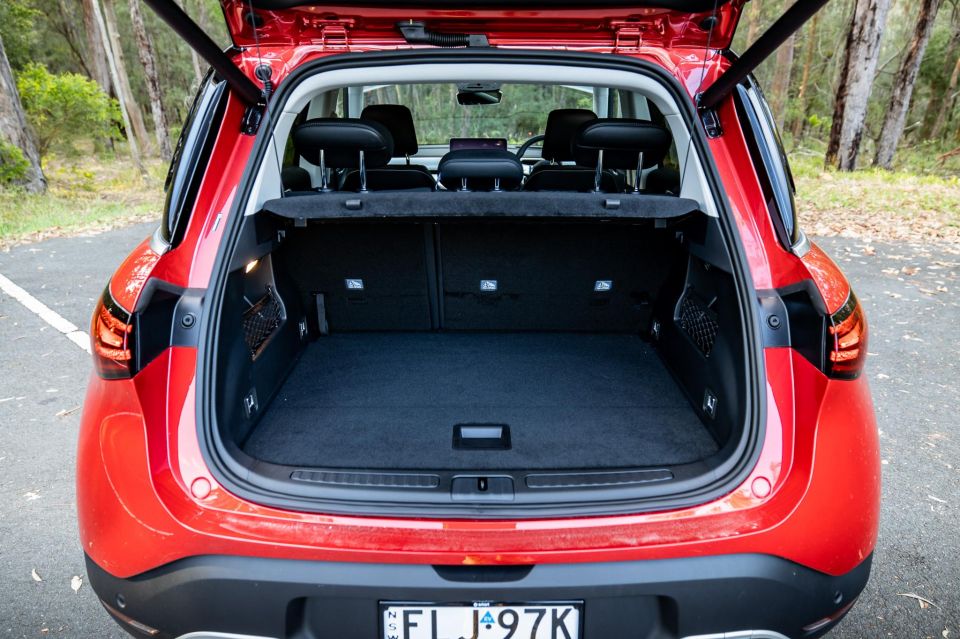
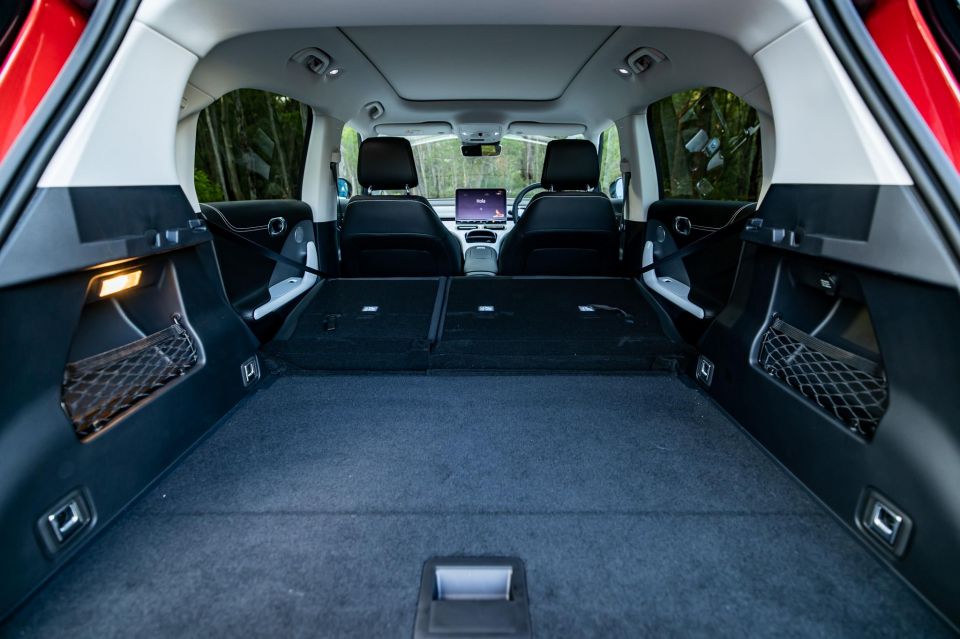
Under the boot floor there is some additional usable storage, great for hiding your cables or other goodies, but you can’t lower the boot floor down to make for a bigger cargo zone due to the configuration of the subfloor.
Furthermore, there is no spare wheel available in the Smart #1 – a tyre repair kit will have to do the job. But there is a front trunk (frunk) storage compartment under the bonnet for additional stowage. Indeed, that’s where the tyre repair kit was in this car.
| Dimensions | Smart #1 |
|---|---|
| Length | 4270mm |
| Width | 1822mm |
| Height | 1636mm |
| Wheelbase | 2750mm |
| Cargo capacity | 421 litres (5-seat) 986 litres (2-seat) |
To see how the Smart #1 lines up against the competition, check out our comparison tool
The Smart #1 has a few differences across the grades, and the Premium model tested here seems like the sweet spot when you glance at the spec sheet, with the same battery capacity as the other models, but better AC charging and the best claimed efficiency of all three models, too.
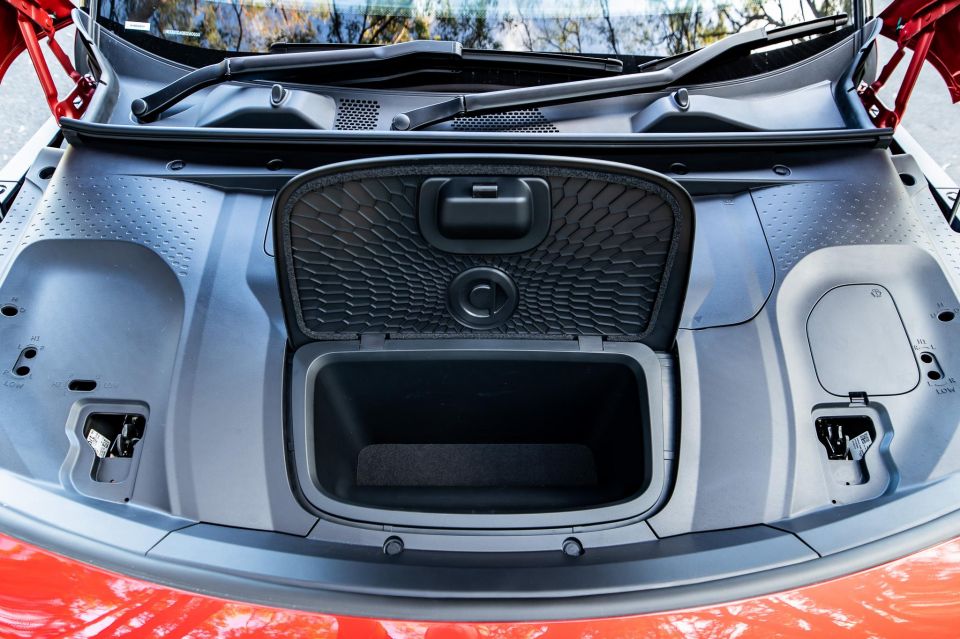
| Specifications | Smart #1 Premium |
|---|---|
| Drivetrain | Single-motor electric |
| Battery | 66kWh lithium nickel cobalt manganese |
| Power | 200kW |
| Torque | 343Nm |
| Driven wheels | Rear-wheel drive |
| Weight | 1800kg |
| 0-100km/h (claimed) | 6.7s |
| Power consumption (claimed) | 16.7kWh/100km |
| Claimed range | 440km |
| Max AC charge rate | 22kW |
| Max DC charge rate | 150kW |
When it comes to real-world efficiency, I saw a displayed average of 18.3kWh per 100km, which is acceptable for a vehicle like this, but not as good as some of its rivals with less power.
Yes, the Smart #1 has a heap of grunt, but that does come at the expense of the driving range and efficiency.
To see how the Smart #1 lines up against the competition, check out our comparison tool
If there was a way to get this car without that frustrating screen and without all the bing-bong safety technology, I reckon I’d have liked the drive experience a whole lot more than I did.
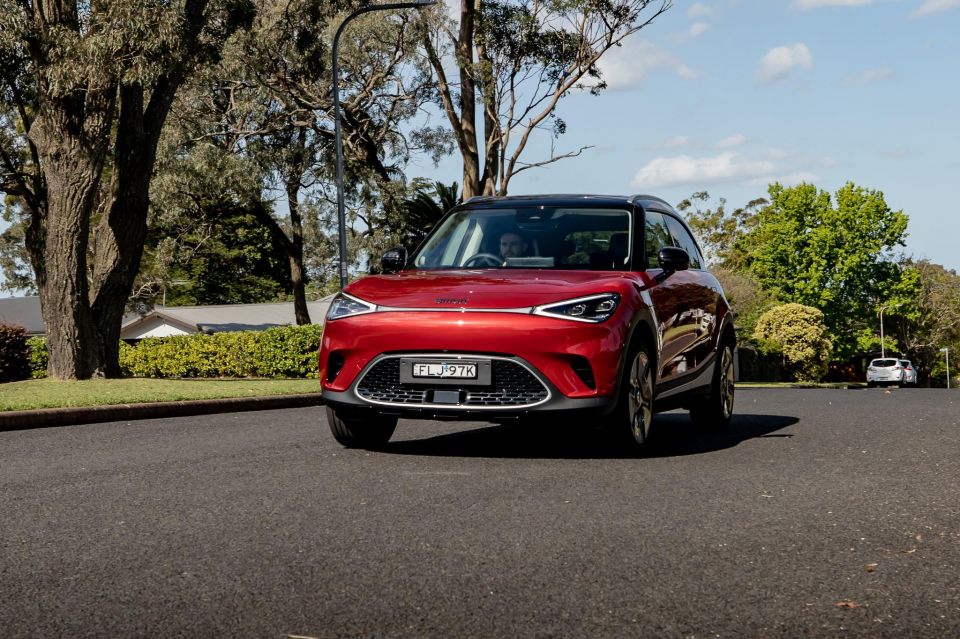
That’s because, fundamentally, it’s a pretty decent thing to drive.
With a rear-wheel drive layout and a heap of power and torque, this little crossover model hustles when you need it to, with a likeable driving dynamic that makes it feel more involving and fun than its front-drive rivals.
It steers decently, with predictable responses at high speeds and easy turnability at parking pace, and while it is a hefty little unit at 1800kg, it handles its weight well through corners, and it will genuinely make you smile.
There’s ample, if not mindblowing, urge from the electric motor, and in the sportier drive mode you will get more from the experience, though it still feels a bit overcontrolled by the traction and stability systems, which is probably for the best. Clearly, if you really want the fast one, you’ll get the Brabus anyway.
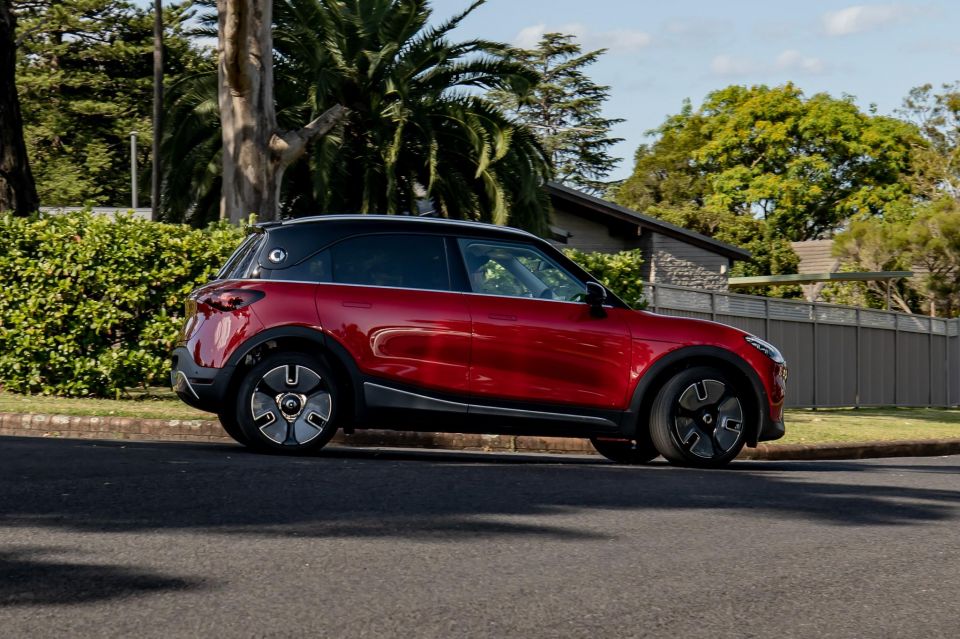
It’s not too bad in terms of noise, vibration and harshness, but like all EVs, the lack of an internal combustion engine inherently means it feels smoother and is more silent in most instances. It can suffer some notable tyre roar on rougher surfaces, though, so be mindful of that if you’re likely to encounter coarse-chip roads regularly.
But honestly, the biggest bugbears are those safety systems, including the speed sign recognition, which seemed to think that most 110km/h signs were actually 70km/h (a common fault that is more noticeable in NSW due to the design of our signage), and it incessantly chimes at you to watch your speed.
This is a serious annoyance if you know what the limits are (and, ahem, what you might be able to get away with) where you’re driving regularly.
The other thing is the driver monitoring camera system, which is one of the worst examples I’ve encountered. Look at your mirror? You’re distracted. Dare glance away? You’re distracted. Attend to your child? Oh, no you don’t!

It monitors your eyes and will alert you to tell you what it thinks you’re doing is naughty. Smart needs to smarten this tech up, as Mitsubishi did with the Triton, because owners will get tired of it quickly.
Along with many of the other systems, it defaults back on when you get back into the car. The net result is that, if you don’t like those things, you don’t like this car.
Beyond that there’s also the cruise control system, which – for the life of me – I couldn’t get to work as just cruise control.
Instead, the car insisted on it being a smart cruise control system with adaptive acceleration and braking, and also steering assistance that repeatedly tugged at the wheel, enough to make me just drive it without any cruise control at all.
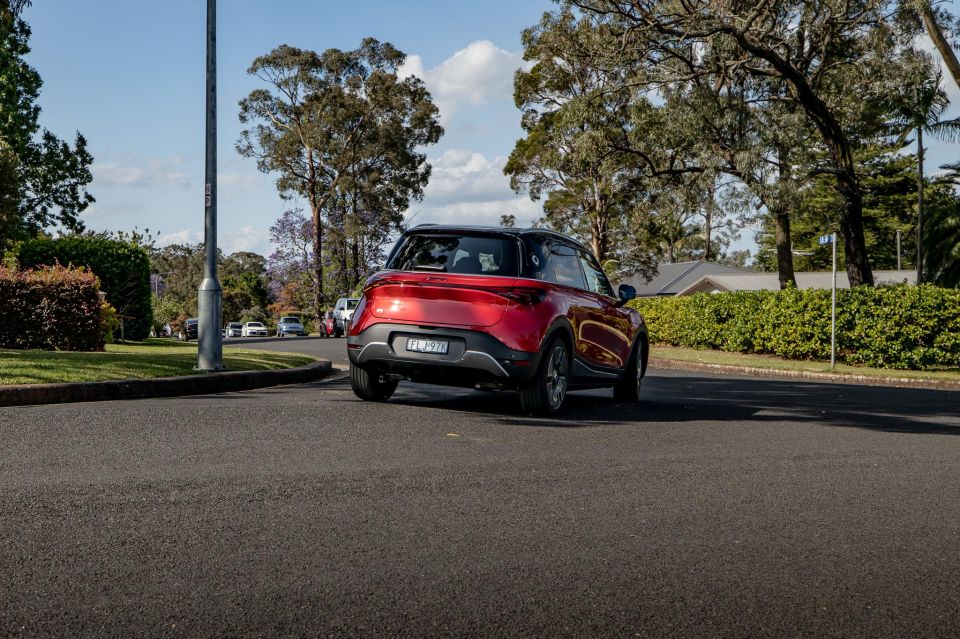
Note that there is a way to disable that, you just need to ensure that you use the steering wheel controls to jump through the cruise modes (pilot assist, adaptive cruise or speed limiter) when you activate it.
Honestly, underneath this unfinished technology there’s a good car to drive. But as much as I really wanted to like it, I couldn’t wait to hand it back.
To see how the Smart #1 lines up against the competition, check out our comparison tool
As mentioned above, I think the Premium model is probably going to tick the boxes for a lot of customers in terms of what you’re getting for your money, and I think it appeals most out of these three variants.
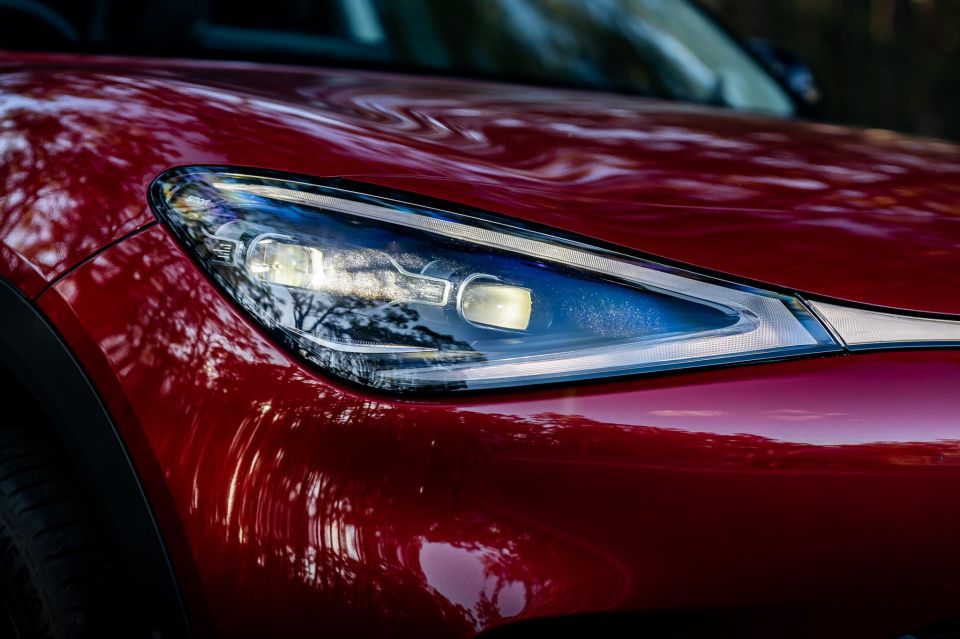
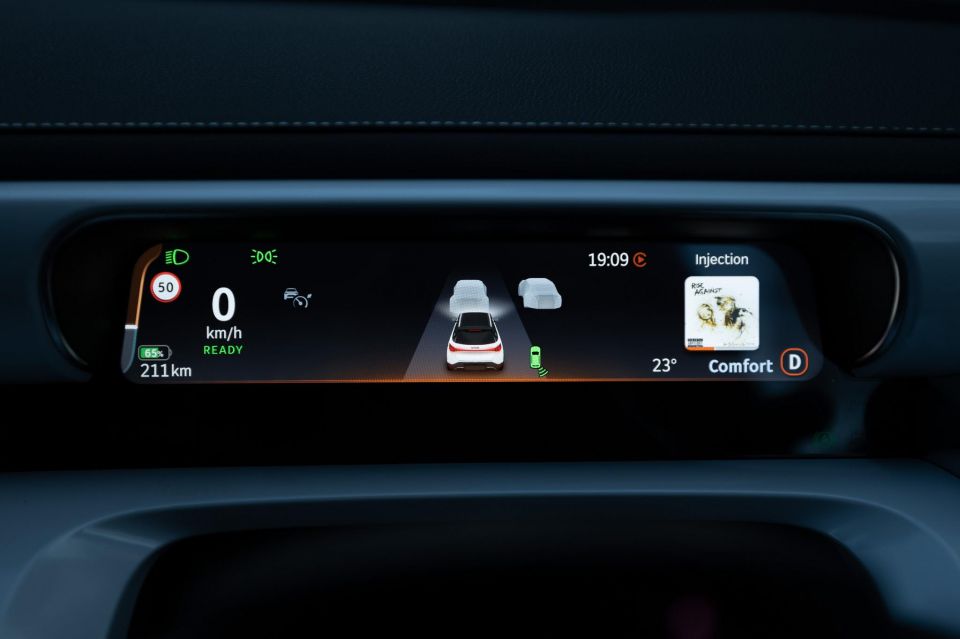

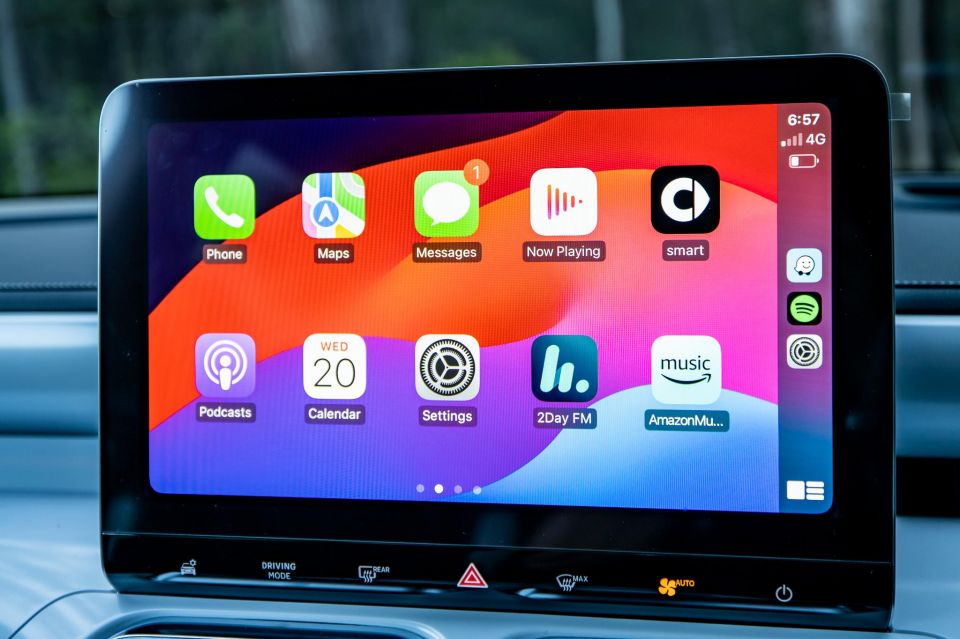
Find out more about the car
Smart #1 Pro+ highlights:
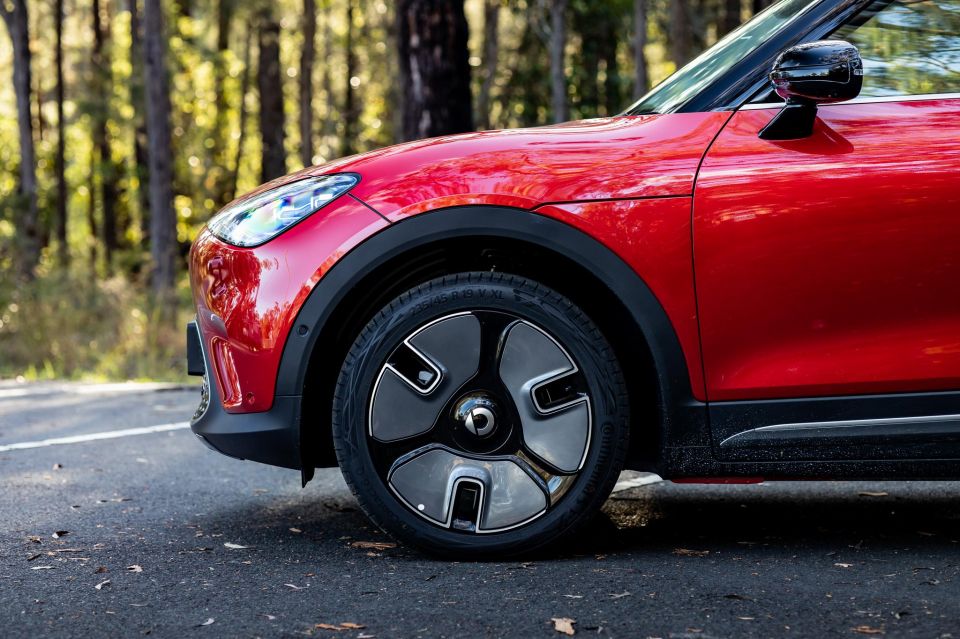

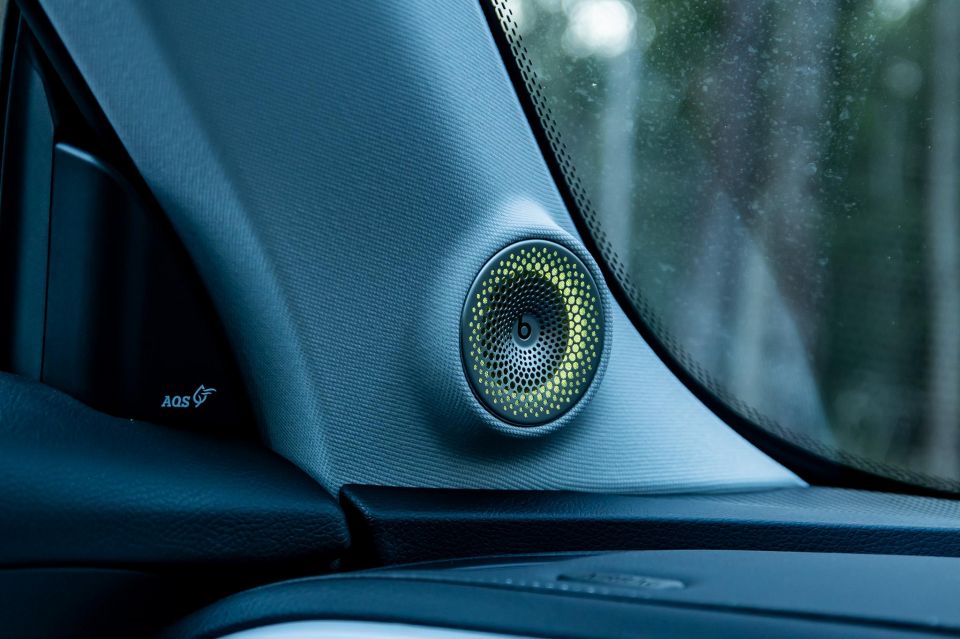
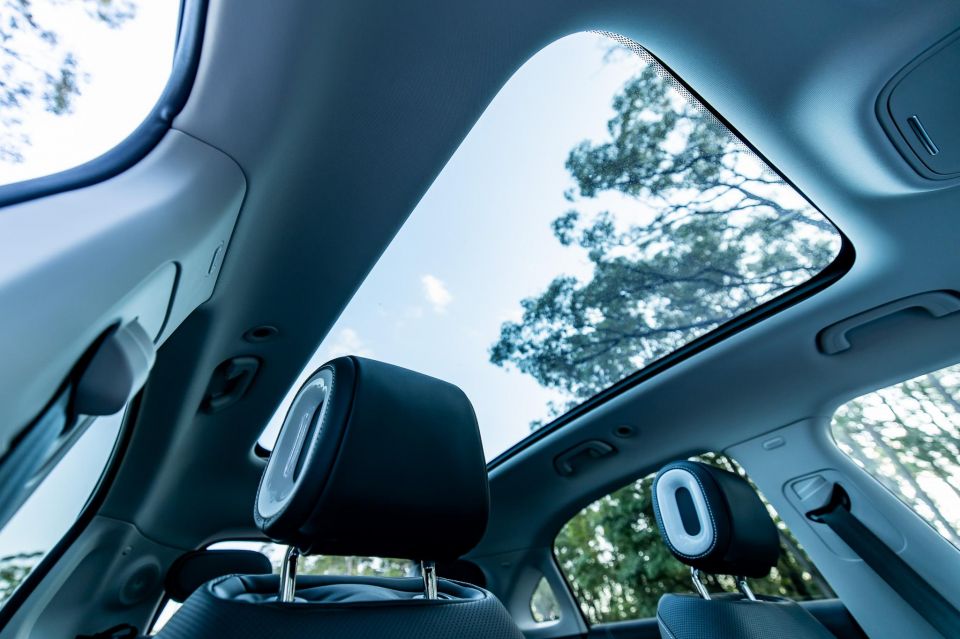
Smart #1 Premium adds:
To see how the Smart #1 lines up against the competition, check out our comparison tool
Since it launched in Australia, the Smart #1 has been awarded the maximum five-star ANCAP safety rating.
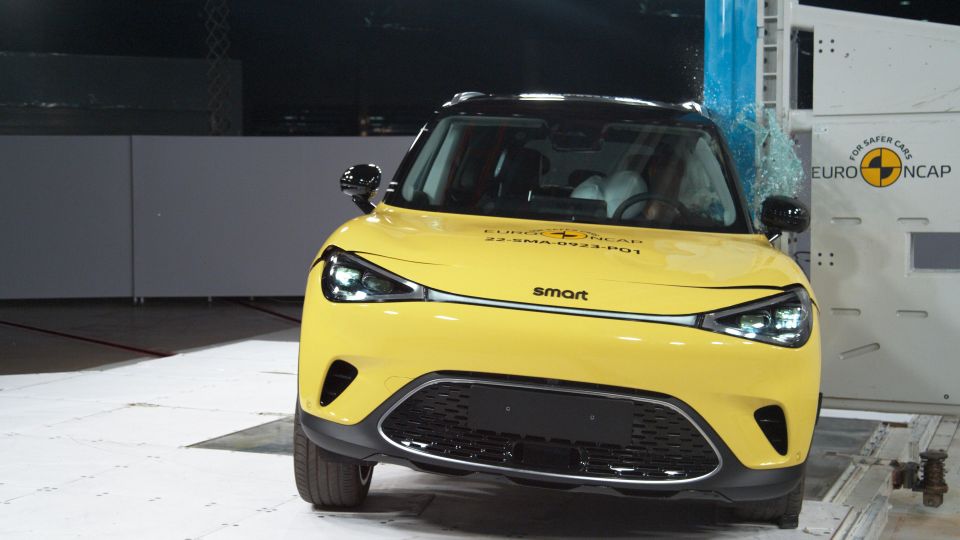
| Category | Smart #1 |
|---|---|
| Adult occupant protection | 96% |
| Child occupant protection | 87% |
| Vulnerable road user protection | 70% |
| Safety assist | 94% |
Those numbers are slightly different to the EuroNCAP breakdown (96 per cent, 89 per cent, 71 per cent, 88 per cent respectively) due to ANCAP’s calculations against its own criteria.
The Smart #1 has seven airbags, including dual front, front centre, front side and full-length curtain coverage.
To see how the Smart #1 lines up against the competition, check out our comparison tool
One of the big on-paper selling points of EVs is lower running costs. There are fewer moving parts and that should mean less cost to maintain the vehicle, right?
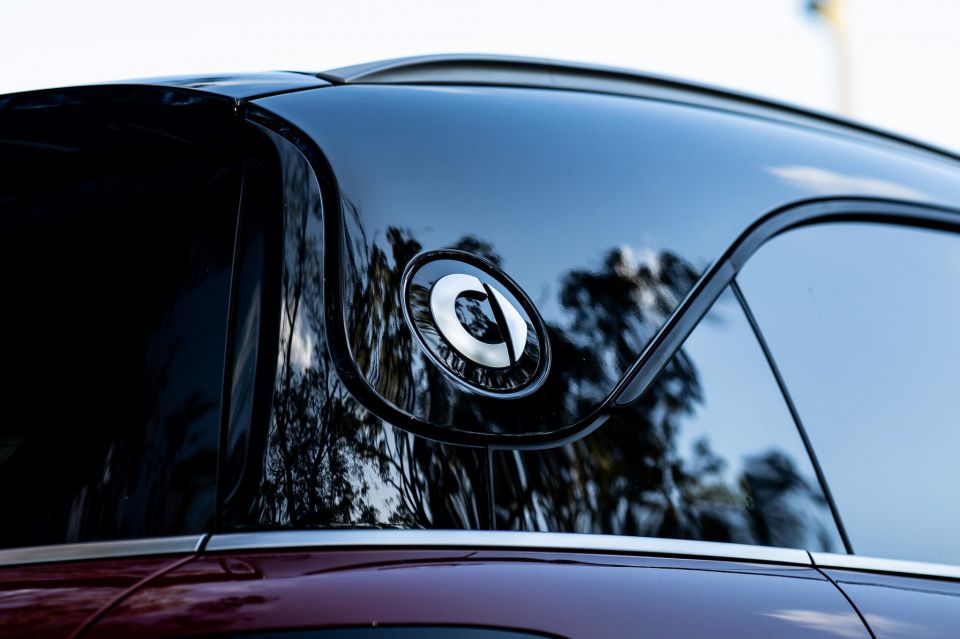
Not the case here, unfortunately… unless you get a deal through a Smart showroom, which seems possible based on the promotional signage stating you could get three years of free servicing included.
That would be a deal sweetener, as otherwise the stated costs are high. For a four-year/80,000km servicing plan, the costs are $2445 for the Pro+, $2495 for the Premium or $3120 for the Brabus.
That’s a whole lot of cash for a car without many oily bits. At least the service intervals are generous at 12 months/20,000km.
Beyond that you get a five-year/150,000km warranty for the vehicle, and an eight-year/150,000km warranty for the battery that guarantees a capacity of 70 per cent by the end of that period.
Roadside assistance is included at no cost, too, with five years of coverage on offer.
To see how the Smart #1 lines up against the competition, check out our comparison tool
I really wanted to like the Smart #1, but the longer I spent in this car, the more I wanted to hand it back. Some of the safety systems are overbearingly annoying, and the useability of the infotainment screen hinders its cute graphics.
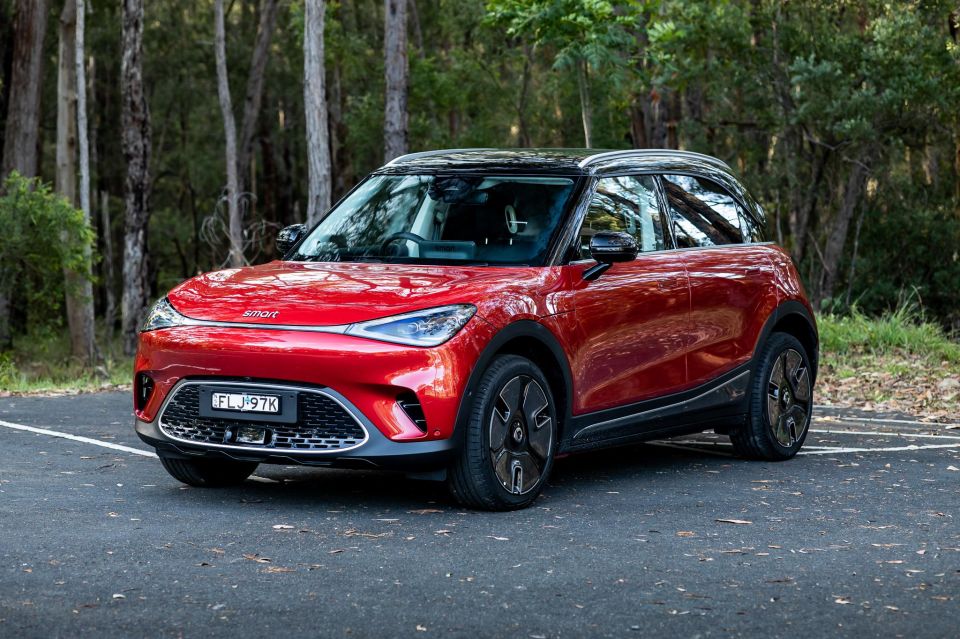
Maybe you’ll get used to that stuff, or maybe you’ll love it. I know there are plenty of people who think that having all the tech and heaps of configurability is what matters most with a new car.
But for me, this was a really frustrating car to review, despite the fact I liked its appearance, interior design and driving dynamics.
Interested in buying a Smart #1? Get in touch with one of CarExpert’s trusted dealers here
Click the images for the full gallery
MORE: Everything Smart #1
Take advantage of Australia's BIGGEST new car website to find a great deal on a Smart #1.
Discover and compare similar models
Matt has more than a decade of experience in automotive journalism, and loves exploring the pros and cons of new cars, delving into deep-dive industry stories, and going for a drive just for the fun of it.


Alborz Fallah
3 Days Ago
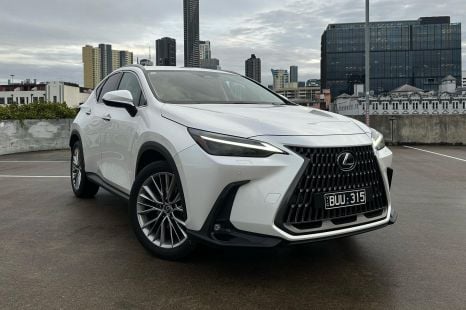

William Stopford
2 Days Ago
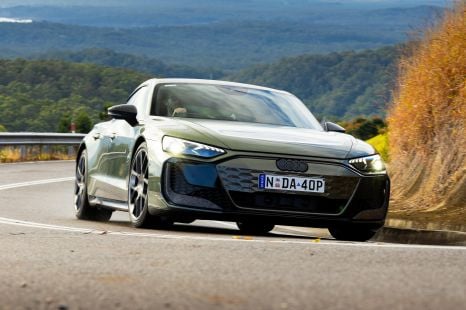

James Wong
2 Days Ago
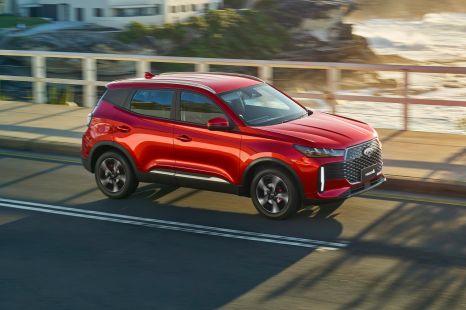

Max Davies
15 Hours Ago
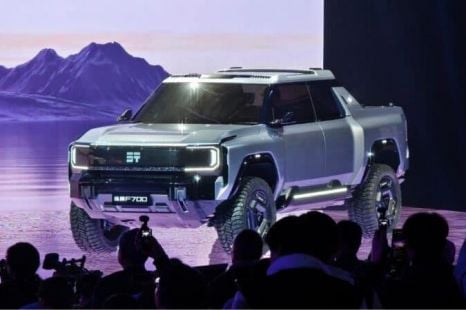

Max Davies
15 Hours Ago
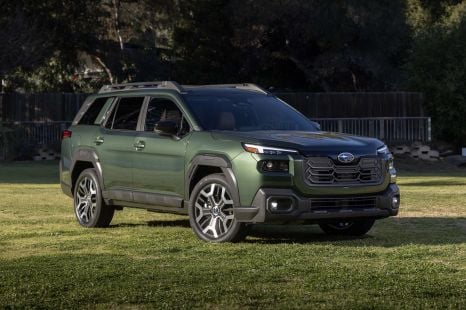

William Stopford
13 Hours Ago